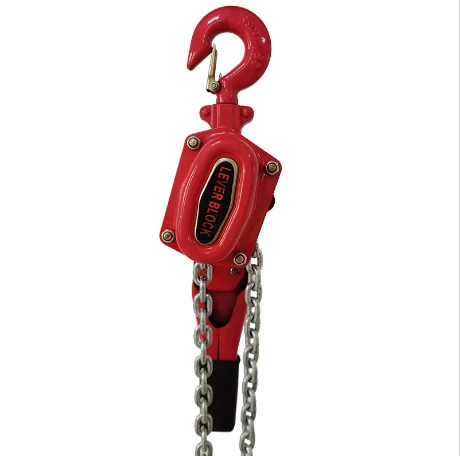


Designing an Electric Winch A Comprehensive Overview
Electric winches are essential devices used across various industries, from construction to maritime applications, facilitating the lifting and pulling of heavy loads with efficiency and precision. The design of an electric winch involves several key components and considerations to ensure optimal performance, safety, and longevity. Here, we explore the fundamental aspects of electric winch design, focusing on their components, functionality, and the factors that influence their effectiveness.
Components of an Electric Winch
1. Motor At the heart of every electric winch is the electric motor, which provides the necessary power to lift and pull loads. Electric winches typically use DC or AC motors, with DC motors being preferred for portable and smaller winches due to their simplicity and better torque characteristics. The choice of motor should consider factors such as the load capacity, voltage requirements, and duty cycle.
2. Gear System The gear system is crucial for controlling the speed and torque of the winch. A well-designed gear train allows the winch to lift heavy loads while maintaining a lower speed. Common gear types include planetary gears, which offer high torque in a compact design, and worm gears, known for their ability to prevent back-driving, thus enhancing safety during load holding.
3. Drum The drum is where the cable or rope is wound. It must be engineered to accommodate the desired length and type of cable, and its diameter should be calculated to minimize wear on the rope while providing enough capacity for the expected load. The material of the drum, often steel or aluminum, should be chosen for its strength and durability.
4. Cable or Rope Electric winches can use steel cables, synthetic ropes, or even nylon lines, each with its advantages and drawbacks. Steel cables are durable and resistant to abrasion but are heavier and can corrode over time. Synthetic ropes are lighter and safer to handle but may require more frequent inspection and replacement.
5. Control System An advanced electric winch features a control system that allows operators to manage the winch's functions easily. Remote controls, limit switches, and overload protection systems are critical for ensuring safe operation. Modern winches may also include electronic control panels that provide real-time monitoring of the load, cable tension, and operational status.

Factors Influencing Electric Winch Design
1. Load Capacity One of the primary considerations in electric winch design is the load capacity. Engineers must accurately calculate the maximum weight the winch will handle, including dynamic and static loads. This involves considering factors such as the type of load (uniform, dynamic, etc.), safety margins, and local regulations.
2. Environmental Conditions Electric winches often operate in harsh environments, such as marine, industrial, or off-road settings. Designers must select materials and components that can withstand corrosion, extreme temperatures, and exposure to dust and moisture. This may involve using protective coatings or enclosures, as well as designing for efficient heat dissipation.
3. Power Supply The power source for the electric winch can vary, including AC mains, DC batteries, or engines. The design must accommodate the specific voltage and current requirements, ensuring that the motor operates efficiently and without overheating.
4. Safety Features Incorporating safety features is paramount in electric winch design. This includes overload protection, emergency stop functions, and fail-safes that prevent unintended operation. Proper signage, operational training, and maintenance schedules are also essential to minimize risks during operation.
Conclusion
The design of an electric winch is a complex process that requires careful consideration of various components and operational factors. By focusing on the motor, gear system, drum, cable, and control system, designers can create efficient and reliable winches that meet the demands of their specific applications. Furthermore, attention to load capacity, environmental considerations, power supply, and safety features ensures that the winch performs effectively while prioritizing operator safety. As technology advances, we can expect to see even more innovations in electric winch design, further enhancing their capabilities and applications in the future.



